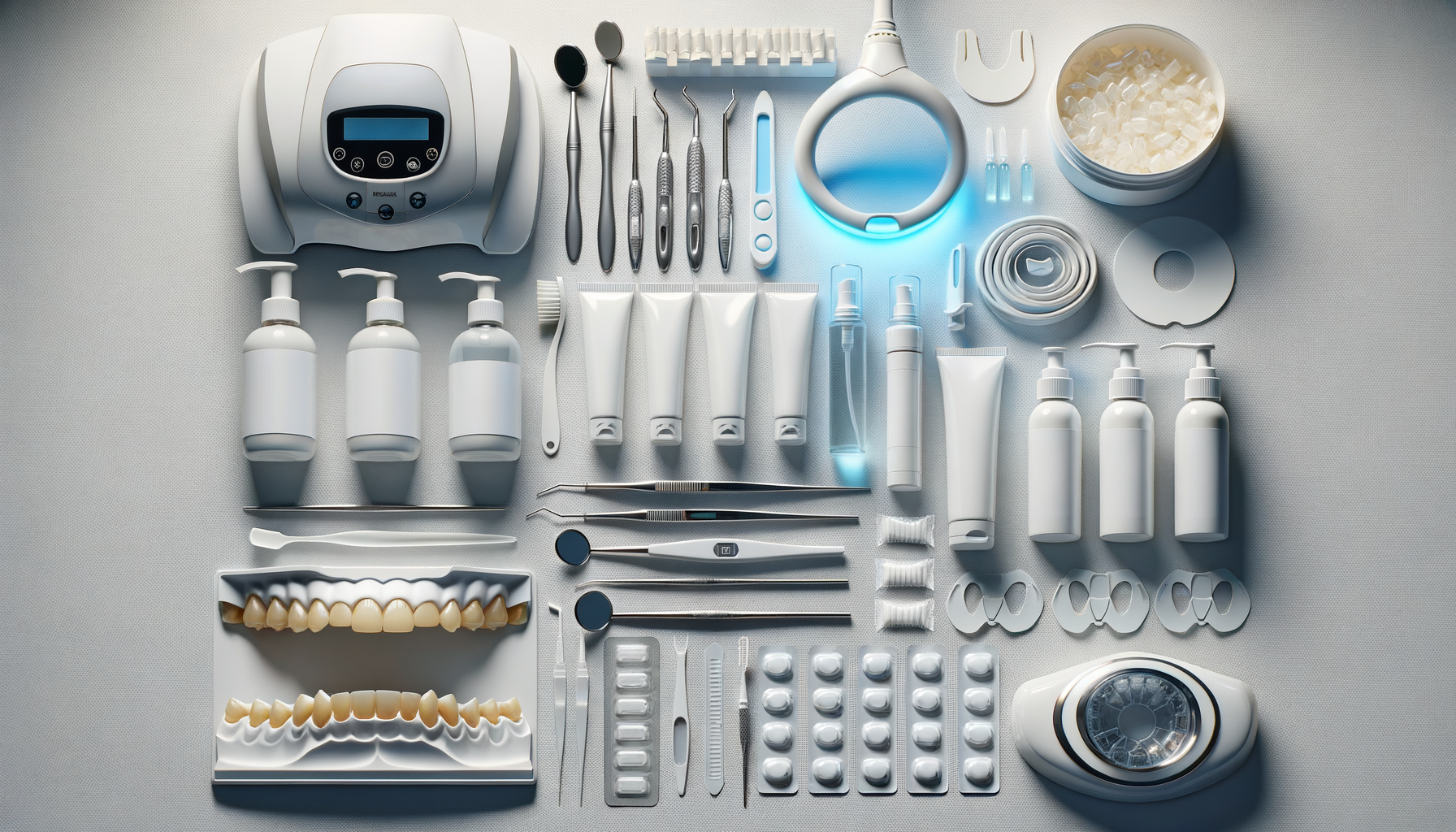Introduction to Teeth Whitening
In the quest for a radiant smile, teeth whitening has become a popular pursuit for many. The importance of a bright smile cannot be overstated, as it often enhances self-confidence and leaves a lasting impression. Over the years, various methods have been developed to cater to the growing demand for whiter teeth. This article delves into the different teeth whitening techniques, offering insights into their effectiveness, safety, and suitability for different needs.
Professional Teeth Whitening Treatments
Professional teeth whitening treatments are often considered among the most effective methods for achieving a significantly brighter smile. These treatments are typically performed by dental professionals in a clinical setting. One of the key advantages of professional whitening is the use of stronger bleaching agents, which can yield quicker and more noticeable results compared to over-the-counter products.
There are several types of professional treatments available, including:
- In-office bleaching: This procedure involves applying a high-concentration peroxide gel to the teeth, often activated by a special light or laser. The process usually takes about an hour, and the results can be seen immediately.
- Custom-fitted tray bleaching: Patients are provided with custom-made trays and a professional-grade bleaching gel to use at home. This method offers the convenience of home treatment with the effectiveness of professional-grade products.
While professional treatments are highly effective, they may come with a higher cost compared to other methods. However, for those seeking rapid and dramatic results, professional teeth whitening remains a popular choice.
Over-the-Counter Whitening Products
For those looking for more affordable options, over-the-counter (OTC) whitening products offer a convenient alternative. These products are widely available and can be used in the comfort of one’s home. Common OTC whitening products include whitening strips, gels, and toothpaste.
Whitening strips are thin, flexible plastic strips coated with a peroxide-based whitening gel. They are applied directly to the teeth and typically worn for 30 minutes a day over a period of two weeks. Whitening gels are applied with a small brush directly onto the teeth, while whitening toothpaste contains mild abrasives and chemicals that help remove surface stains.
While OTC products can be effective for mild staining, they generally contain lower concentrations of bleaching agents compared to professional treatments. As a result, they may take longer to achieve desired results. However, for those with sensitive teeth or a limited budget, OTC products can be a viable option.
Natural and Home Remedies for Teeth Whitening
Natural and home remedies have gained popularity as more people seek chemical-free alternatives for teeth whitening. These methods often utilize common household items and are perceived as safer and more affordable. Some popular natural remedies include:
- Baking soda: Known for its mild abrasive properties, baking soda can help remove surface stains. Brushing with a paste made of baking soda and water a few times a week can contribute to a brighter smile.
- Hydrogen peroxide: This natural bleaching agent can be used as a mouthwash or mixed with baking soda to create a whitening paste. However, it is important to use it sparingly to avoid gum irritation.
- Oil pulling: This ancient practice involves swishing oil (such as coconut oil) in the mouth for 15-20 minutes. It is believed to help remove bacteria and promote oral health, which can indirectly lead to whiter teeth.
While natural remedies can be appealing, their effectiveness may vary, and results are typically less dramatic than professional treatments. It is important to approach these methods with realistic expectations.
Considerations and Safety Tips for Teeth Whitening
Regardless of the method chosen, safety should always be a priority when it comes to teeth whitening. Overuse or misuse of whitening products can lead to tooth sensitivity and gum irritation. Here are some safety tips to consider:
- Consult with a dental professional before starting any whitening treatment, especially if you have existing dental issues.
- Follow the instructions provided with any whitening product to avoid overuse.
- Be cautious with highly acidic or abrasive natural remedies, as they can erode enamel over time.
- Maintain good oral hygiene practices, including regular brushing and flossing, to support the effectiveness of whitening treatments.
Ultimately, the choice of whitening method depends on individual needs, preferences, and budget. By understanding the options available and considering safety precautions, individuals can make informed decisions to achieve a brighter, more confident smile.
Conclusion: Achieving a Brighter Smile
Teeth whitening can be a transformative experience, enhancing both appearance and self-esteem. With a range of options available, from professional treatments to home remedies, individuals have the flexibility to choose a method that aligns with their lifestyle and goals. By considering the effectiveness, cost, and safety of each approach, anyone can embark on a journey to a brighter, more radiant smile.








